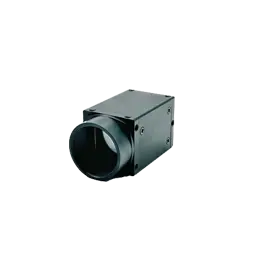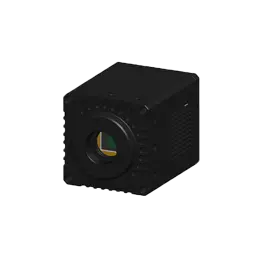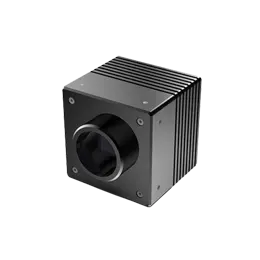An important activity in developing a visual system is to verify that its deployment conforms to engineering standards. Two characteristics of a successful visual application are how long it works correctly without engineer intervention and how easy it is to maintain and replicate the deployment.
As cameras have different sensitivities and light sources have differing output intensities, it is highly desirable to conduct baseline testing on image brightness.For machine vision systems, recording the grayscale histogram of a representative local image in the field of view is preferable to record image brightness. Additionally, recording the grayscale mean of a representative local image is also a method. For future benchmark testing, the same parts should be used and their reflectance levels should be ensured not to reduce if they can be stored and saved.
When replicating the system, the image brightness of the new system should match that of the baseline system's histogram. Visual engineers may need to decide whether to change the illuminator output, camera gain or exposure, or accept differences. With modern machine vision algorithms, performance can be maintained with reasonable consistency as long as key pixels do not enter saturation even if the brightness of the image varies somewhat.
It should be noted that changing thef-number of the lens, while a very easy way to achieve grayscale histogram matching, is not desirable. While changing the aperture of the lens will indeed affect the lens' collection power, and thus affect the intensity histogram, it will also change the lens' depth of field and the lens' resolution. Maintaining depth of field and optical resolution is usually more critical than slight variations in grayscale histogram level. For colormachine vision systems, the grayscale histograms of each channel of the three color channels, usually red, green, and blue, should be captured and stored.
Two characteristics recorded for the baseline are the size and position of the field of view. The size of the field of view is associated with the actual magnification, and the position is related to the camera/lens pointing.
To perform baseline testing on the field of view, a target must be located at the center of the field of view. The target can be anything favorable for observation. It can be as simple as a balance scale or as sophisticated as a calibrated target or a project-specific target made on a laser printer. An important requirement is that the target can be located in precisely the same position each time the system undergoes a baseline test. This may require early consideration of fixtures in the design of the machine vision system.
Record and save images as well as dimensions and position measurements read from a ruler or target. When assessing the field of view's size, please note that most lenses' effective focal length tolerances are ±3% or so. Therefore, the actual size of the field of view may have minor differences when replicating a vision system.



